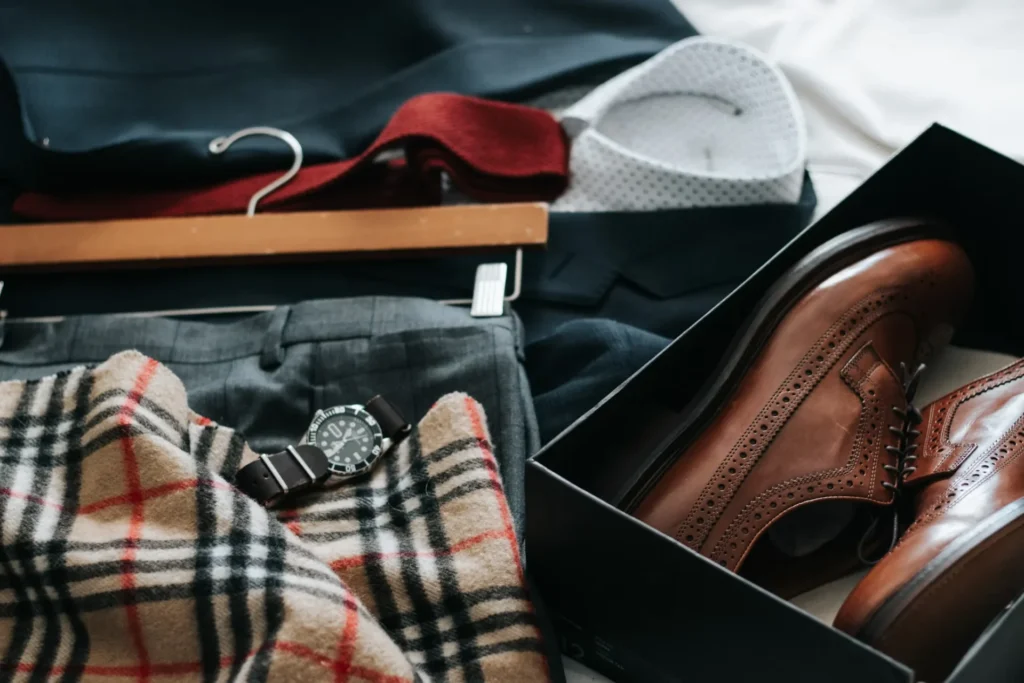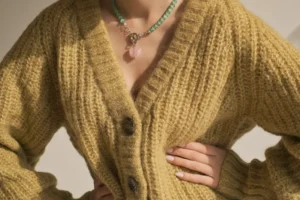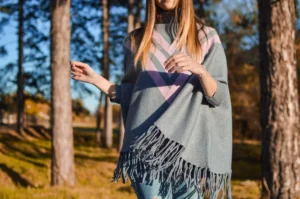A good pair of leather sandals can last for years if chosen wisely. Finding the right pair of sandals for everyday wear, vacations, or casual outings requires attention to detail. Many sandals look great at first, but wear out quickly due to poor materials or weak construction. To make sure the next pair lasts, this article highlights the eight expert yet straightforward tips for selecting durable men’s leather footwear.
1. Choose High-Quality Leather
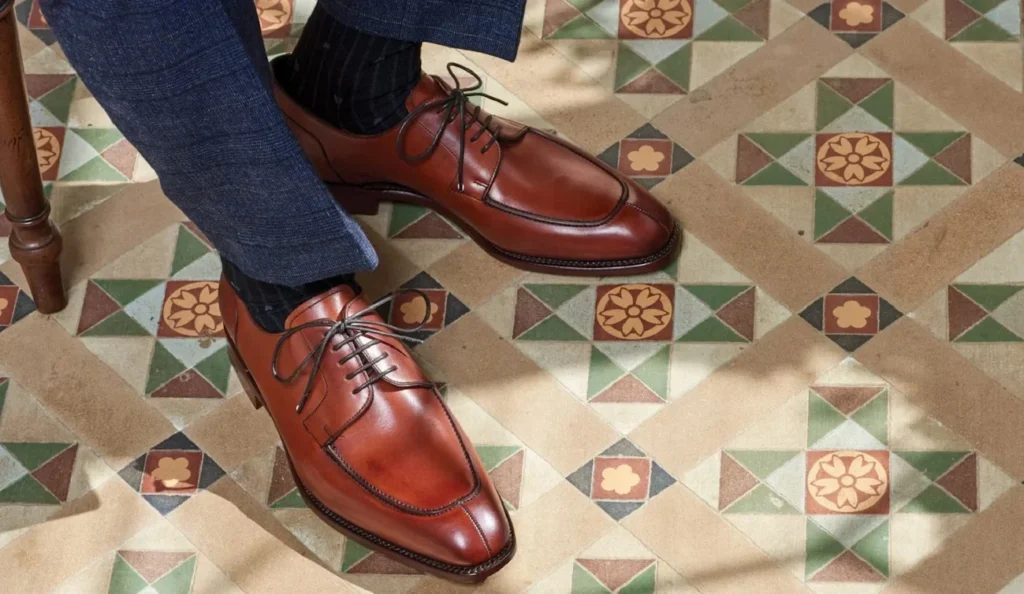
The type of leather in sandals matters for durability. Full-grain leather is the toughest and longest-lasting since it keeps the hide’s natural grain, resisting wear and tear. Top-grain leather is also a solid choice, slightly thinner but still durable. Steer clear of bonded leather; it’s made from scraps and prone to cracking. When shopping, look for smooth, even-textured leather that’s firm yet flexible.
2. Check the Sole Material
For better grip and durability, go for rubber or polyurethane soles. Leather soles may look stylish, but they wear out quickly on rough surfaces. When choosing mens leather sandals, look for soles with traction patterns to prevent slipping, especially for outdoor use. Always remember that a good sole should also be thick enough to absorb shock yet flexible for all-day comfort.
3. Inspect the Stitching and Construction
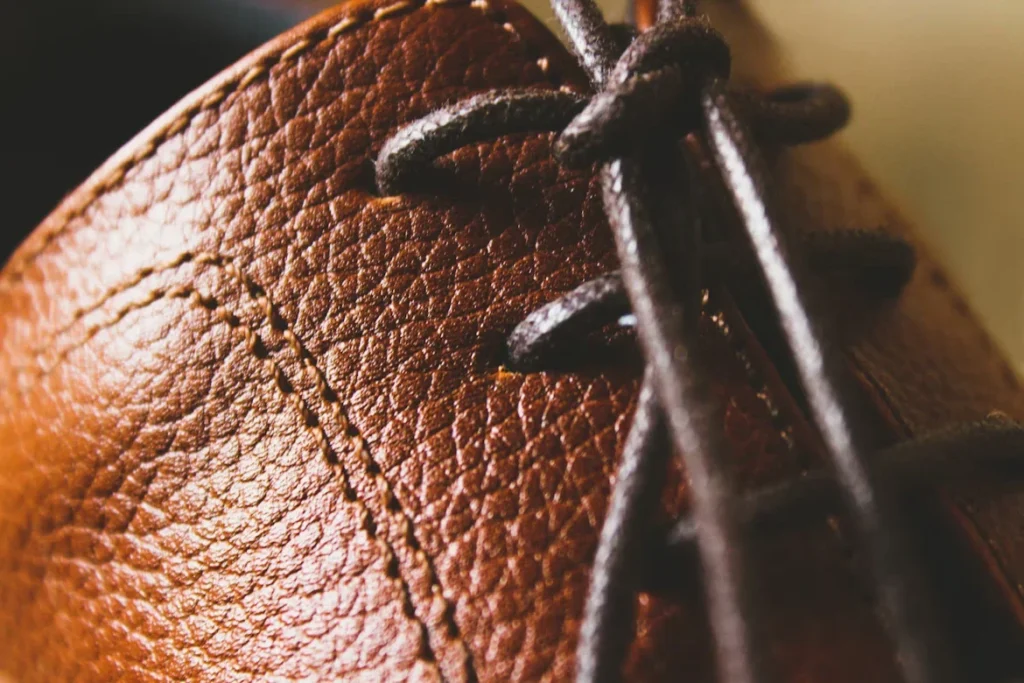
Well-made leather footwear should have strong, even stitching—it’s what holds everything together. Loose or uneven stitches? That’s a sign of weak construction and a shorter lifespan. Look for hand-stitched or reinforced seams for extra durability. Watch out for visible glue; glued parts tend to come apart over time. However, if possible, you need to check how the sole is attached.
4. Find a Comfortable Fit
A proper fit is essential to reduce strain on the straps and sole, helping the material last longer. Since leather stretches over time, sandals should start slightly firm but not too tight. In addition to that, adjustable straps or buckles allow for a better fit, especially if feet swell in hot weather. Remember to try on different sizes to find one that offers support without rubbing or pinching.
5. Look for Arch Support

Choosing flat soles can cause discomfort, especially when worn for long periods. Choose sandals with built-in arch support to reduce strain on the feet. Additionally, contoured footbed molds to the shape of the foot, offering better stability and comfort. For specific foot conditions, consider sandals with cushioned insoles or orthopedic support to prevent pain and fatigue.
6. Pay Attention to Strap Design
Thick, well-stitched straps distribute pressure evenly and prevent breakage. Thin or poorly attached straps wear out quickly, leading to early replacement. For open-toe sandals, the front strap should be firm enough to keep the foot secure. Keep in mind that multiple adjustable straps provide a better fit and reduce stress on individual points of contact, increasing overall lifespan.
7. Consider Water Resistance
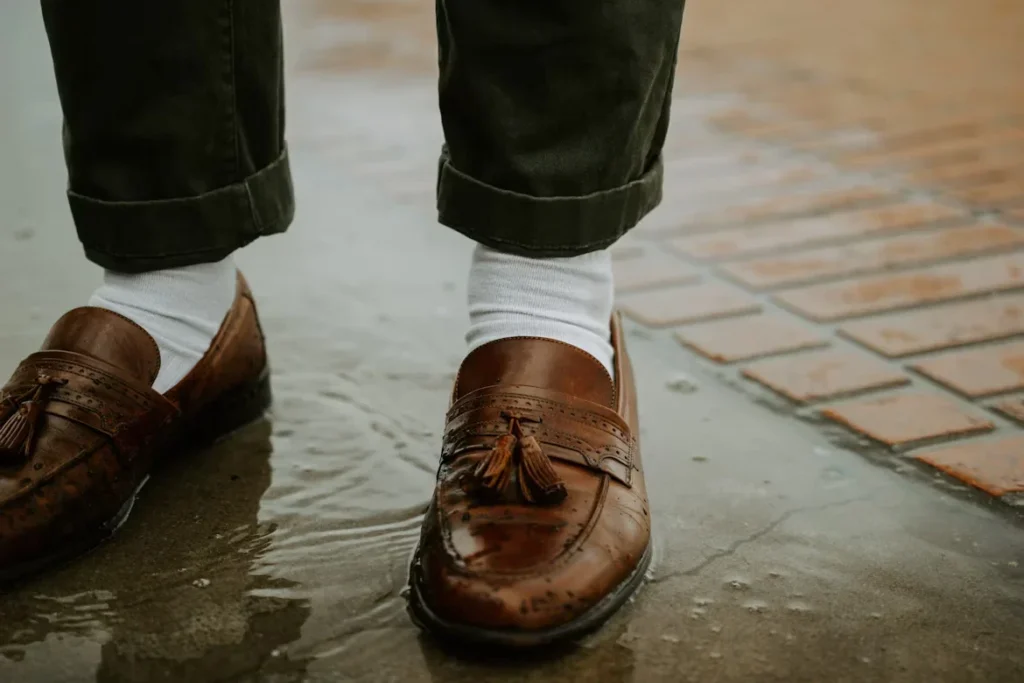
Always remember that leather and water don’t mix well, but some treatments help. If water exposure is expected, choose waterproof or water-resistant leather footwear. Treated leather repels moisture, reducing cracks and stains. Still, proper drying is essential; avoid soaking them for too long.
8. Invest in Proper Care and Maintenance
Even the most durable leather sandals need regular care to maintain quality. Using the right best shoe polishing products can help preserve the leather’s softness and prevent cracking, assuring your sandals last longer. Store sandals in a cool, dry place away from direct sunlight, which can cause fading and stiffness. If the soles wear down over time, consider getting repairs instead of replacing the entire pair.
9. Look for Versatility in Style
When buying leather footwear, consider its versatility. A pair of sandals that can be worn for multiple occasions will be a better investment. Neutral colors like brown, tan, or black are easy to pair with different outfits, whether you’re dressing up for a casual evening or wearing them with shorts on a hot day. If you need a pair for specific activities, like hiking or beach trips, look for sandals designed for those purposes. Versatile sandals can be worn in many situations, helping you get the most value out of your purchase.
10. Consider Breathability
Leather is naturally a breathable material, but the design of the sandals can affect how well air circulates your feet. Look for sandals with open-toe designs or perforated leather to allow better airflow, especially in warmer weather. Proper breathability helps reduce sweat buildup, keeping your feet cool and dry throughout the day. This also prevents unpleasant odors and fungal infections, making your sandals more comfortable to wear for long periods.
Quality Leather, Timeless Comfort!
Finding durable leather strappy sandals requires more than just picking a stylish design. High-quality leather, strong soles, proper construction, and good support all contribute to long-lasting footwear. Paying attention to these details helps keep sandals comfortable and in great shape for years. With the right choice and proper care, leather strappy sandals can be a reliable part of any wardrobe for a long time.





